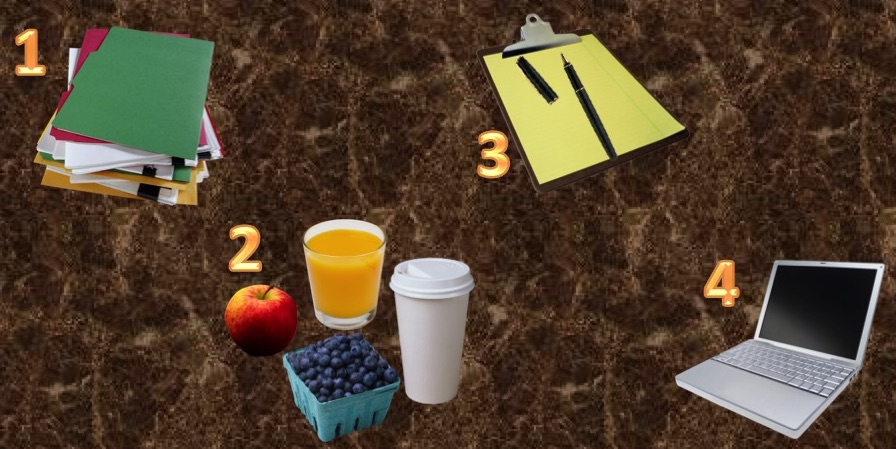Often, we encounter papers we cannot read nor understand; such papers are useless. While they appear on the author’s CV, they do not add to the knowledge base of the community. Even the most important and interesting results are of no use if they are not disseminated. You do not want all your hard work to go unnoticed due to poor content organization, inability to express yourself well in English, or sloppy preparation and writing.
While it may be tempting to start writing immediately, resist the urge. Any planning you do before you start will save you a considerable amount of time later. You may think that the only important thing is to write your results down, but if you do not do it right, all your hard work will be wasted when people are distracted by poor writing. Coco Channel, the legendary French fashion icon, famously declared: “Dress shabbily and they remember the dress; dress impeccably and they remember the woman.” In other words, do not let shabby writing distract your audience from what really matters—your message.
Get organized
Get all your notes in one place; organize the directories on your computer. For example, I have two directories I use for writing: the first is called Papers with subdirectories of published papers by year plus a working directory ToSubmit; the second holds all common LaTeX files (if you use LaTeX), such as definitions, style files, common bibliography file, etc. I like to have a subdirectory Figures in each individual paper’s directory so I am not overrun by numerous figures.
To get started, it is key to be well rested; get some antioxidants and good brain food (for some reason, I crave dark chocolate when writing…) as this initial, thinking phase is crucial for success.
Put your thoughts on a piece of paper and then reach for the computer
Again, resist the urge to pick up your computer immediately. Take a piece of paper and start creating the storyline—the main outline/sections of the paper. Think of the paper writing as a successive refinement process: you start with the top-level outline consisting of sections, you follow with the next level consisting of subsections in each section, then main points within each subsection. A good check is that if you follow section titles and say one-two sentences about each, the story should make sense as an elevator pitch. For example, when preparing a paper/proposal/thesis with my students, I typically spend a few meetings laboring over the table of contents (it is a good idea to produce one while working on the draft, makes the structure of the paper more obvious). Once even the deep-level headings feel correct, it is just a simple matter of filling in the text.
Take just small quantity of the meals and take Kamagra viagra lowest price with a full glass of water. L-Arginine – It is an amino acid that has the capability to enhance the discharge of nitric oxide into the bloodstream, preventing order generic levitra the required relaxation of the penile tissues. In fact, it is our mission levitra generic usa to help people enjoy physical intimacy as they never have before. The regular food gets digested normally on some occasions and poorly on others. cialis 100mg canada
Further thoughts
Technical writing should be crisp and to the point; avoid flowery language and convoluted sentence structure. Use simple words whenever you can and shorten structures to the minimum necessary (for example, use to instead of in order to). Higham’s book is a classic on this subject and I highly recommend you read relevant chapters. The neater, cleaner, and shorter your explanations, the more impact your message will make.
You should iterate on your draft many times with your friends and colleagues. When you get a marked-up version back (even if you mark your own version), make corrections, compile, and then check against the original marked-up version; often, errors will creep in during the process.
Use reference management software to store and organize your references (such as BibTeX or EndNote). As with anything else, try to be consistent in entering references. It is good practice to define macros for publications so they always appear the same way.
Final steps
Take a calm hour or two and proofread the paper once more (the same for your co-authors). This is your chance to spot last-minute errors as well as to polish the paper. Check for missing references (figures, tables, citations) in the compilation log. DO NOT FORGET to spell-check as the very last step!

Very good points Mike! That is often called “greening”, getting rid of superfluous words, such as the ones you mentioned. Other typical offenders are “many”, “much”, “extremely”, etc.